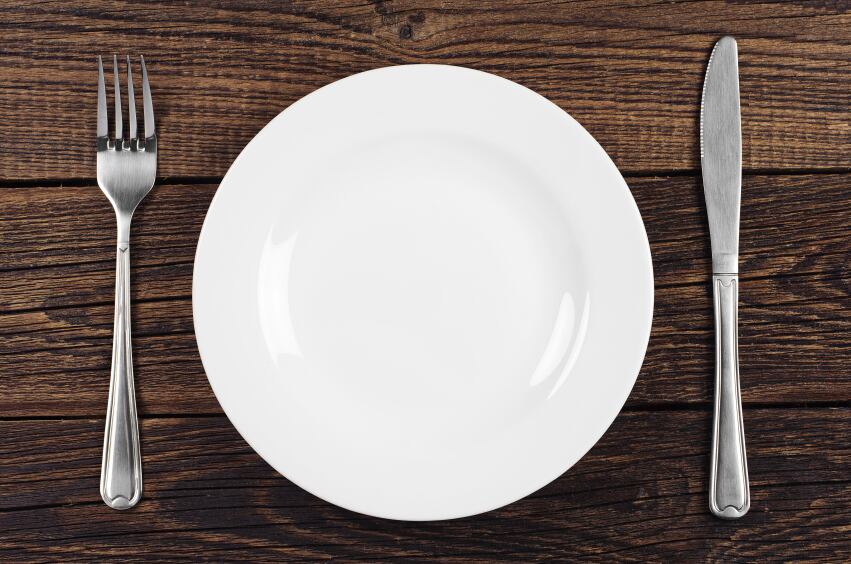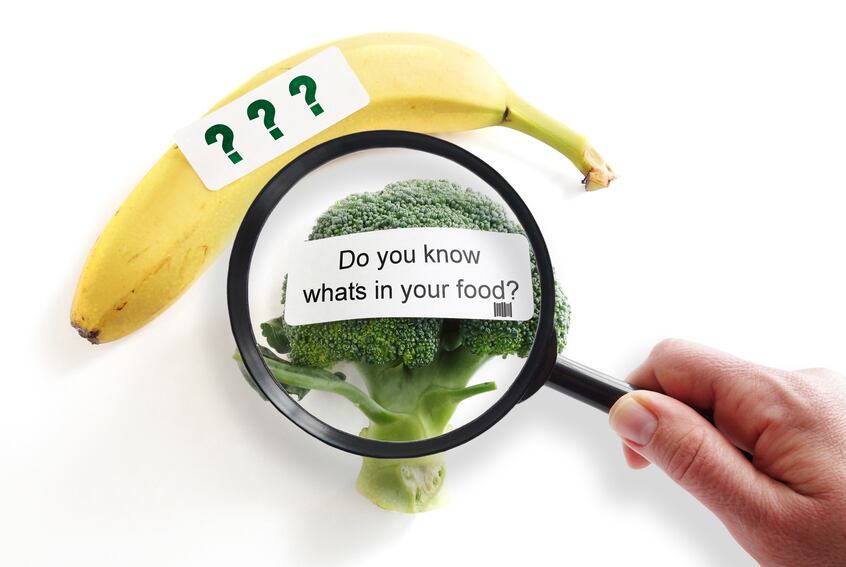Dr Aline Dimitri said the Canadian Food Inspection Agency (CFIA) process is critical because it is the means by which it removes things that are on the market and in the publics’ hands.
“First we start with getting a signal that in fact something may be happening in the system and that signal will come from one of multiple sources,” she told FoodQualityNews.
“We are linked to the public health network so if the public health system identifies a potential outbreak related to food they will then contact us and we will take it from there.
“We also do a lot of sampling for monitoring and surveillance of the food system and so when we receive results from our laboratory testing that shows there is an issue with a product that we tested we will take it to the next step.”
Signals from inspectors and other countries
Observations of inspectors are critical because they are on the ground, said Dr Dimitri.

“So when they are inspecting an establishment if they observe that there are concerns or something may not be right in the production and that may have an impact on the product they will raise the flag to us.
“We also respond to consumer complaints so when our consumers have concerns about a product they bought or they think they may have had a reaction to something they have eaten they will contact us.
“We actually get a lot of recalls triggered by the industry stepping forward and saying ‘we think there was a problem in our production’, ‘we’ve noticed that our results are off’ or ‘we noticed there was a breakdown in our standard operating procedure that may have an impact’.
The last category of signals is what is happening in other countries.
“The challenge with all the import and export that is happening is that if there is a recall in the US or Europe, some of that product may have entered Canada. So we monitor what is going on and in many cases we have agreements with competent authorities in those countries to give us early heads-up of what is going on,” said Dr Dimitri.
“There is also the INFOSAN system where countries publish recalls that they feel have an impact on import or export or they think based on the investigation that product may have left their country.”
Not all signals automatically lead to a recall.
“What happens when we get a signal is we have to investigate, when we are looking at a public health issue we will be investigating is it linked to a food product, which food product, we have to test the food product,” said Dr Dimitri.
“We do an investigation to validate that what we think the signal is is in fact what is happening and for us it is critical when we are dealing with consumers because sometimes the consumer will call us and say ‘I’ve gotten ill and it might be from a food but here is the open sample of food’.
“We test that open sample but we have to be able to say it is not an outside contamination and it was part of the production chain and in that context we have to go and get samples from production or from the marketplace and we will do tests on closed products to say ‘yes this closed product and this open product are both contaminated’ because we can’t just rely on open product.
“The investigation pinpoints who produced it, is it a specific lot, is it multiple lots, is it several days, is it one day of production and we work with industry to be able to do all that tracing and tracking. They are usually very helpful and pinpoint the real origin of the problem.”
Investigation like layers of an onion
Dr Dimitri said once it has the culprit it needs to do trace back and trace forward.

“So if it is a product that is a multi-ingredient food that we are investigating we have to figure out is there an ingredient that was the specific culprit and if it is a specific ingredient has that ingredient gone into other production. Conversely, if what we are recalling is an ingredient we need to ask ourselves did it go into other food products that we need to investigate,” she said.
“That investigation will almost turn out to be like layers of an onion, every time we find new information that demonstrates there is evidence of an hazard and that hazard has been deemed a risk to human health - and that evaluation is done by Health Canada – once they confirm it is a risk to human health then we go out with a recall process.
“One of the challenges industry face and we face as regulators is that sometimes we’ll end up with multiple recalls on the same product or products around it.
“From our perspective the reality is that if something poses a risk to human health we cannot wait until the entire investigation and every layer of the onion has been peeled, every time we get a layer that indicates there is a risk to human health we have to take action.
“It is a voluntary process that a lot of the industry undertakes but we do have a legal authority to call a mandatory recall if industry is not co-operating but in the last 20 years we have only had a few cases. We make sure the communication to the consumer is done but the industry does the bulk of the removal off the shelf, they call the recall.”
The last step of the process is validating the product that was on the shelf has been removed, said Dr Dimitri.
“It is important for us to make sure the loop is closed and there is nothing left over so there are validation processes and verification on the effectiveness of the recall.
“The final step of the recall is the consumer in that when we are recalling products that are bought by consumers they are the final step to getting rid of a product, particularly for things that have a long shelf life, they need to be active to close that final loop.
“There needs to be an encouragement to the consumer to take an active part in that food safety space and the industry to be open to consumer feedback and questions.”
- Part two of our interview with Dr Aline Dimitri will be posted later this week.
